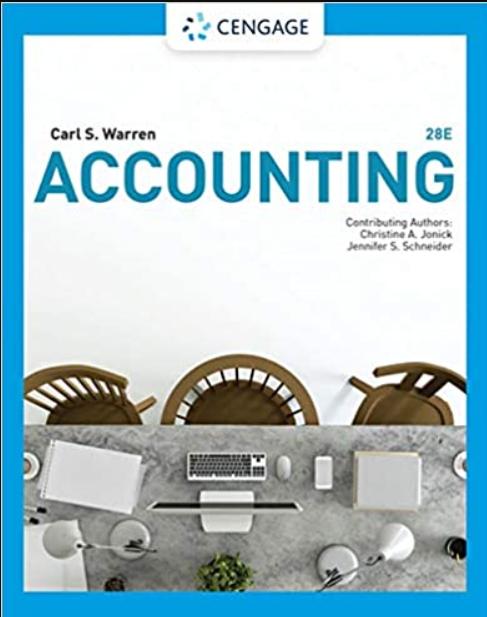hi
i need help for this question also for taking it further
thank you
po_8B Walker Co. purchased furniture on February 4, 2015, for $70,000 on account. At that time, it was expected Rec to have a useful life of five years and a $1,000 residual value. The furniture was disposed of on January 26, 2018, when dep the company moved to new premises. Walker Co. uses the diminishing-balance method of depreciation with a 20% fun rate and calculates depreciation for partial periods to the nearest month. The company has a September 30 year end. Instructions (a) Record the acquisition of the furniture on February 4, 2015. (b) Record depreciation for each of 2015, 2016, and 2017. (c) Record the disposal on January 26, 2018, under the following assumptions: 1. It was scrapped and has no residual value. 2. It was sold for $30,000. 3. It was sold for $40,000. 4. It was traded for new furniture with a catalogue price of $100,000. Walker Co. was given a trade-in allow- ance of $45,000 on the old furniture and paid the balance in cash. Walker Co. determined that the old furniture's fair value was $30,000 at the date of the exchange. TAKING IT FURTHER What are the arguments in favour of recording gains and losses on disposals of property, plant, and equipment as part of profit from operations? What are the arguments in favour of recording them as non-operating items?po_8B Walker Co. purchased furniture on February 4, 2015, for $70,000 on account. At that time, it was expected Rec to have a useful life of five years and a $1,000 residual value. The furniture was disposed of on January 26, 2018, when dep the company moved to new premises. Walker Co. uses the diminishing-balance method of depreciation with a 20% fun rate and calculates depreciation for partial periods to the nearest month. The company has a September 30 year end. Instructions (a) Record the acquisition of the furniture on February 4, 2015. (b) Record depreciation for each of 2015, 2016, and 2017. (c) Record the disposal on January 26, 2018, under the following assumptions: 1. It was scrapped and has no residual value. 2. It was sold for $30,000. 3. It was sold for $40,000. 4. It was traded for new furniture with a catalogue price of $100,000. Walker Co. was given a trade-in allow- ance of $45,000 on the old furniture and paid the balance in cash. Walker Co. determined that the old furniture's fair value was $30,000 at the date of the exchange. TAKING IT FURTHER What are the arguments in favour of recording gains and losses on disposals of property, plant, and equipment as part of profit from operations? What are the arguments in favour of recording them as non-operating items







